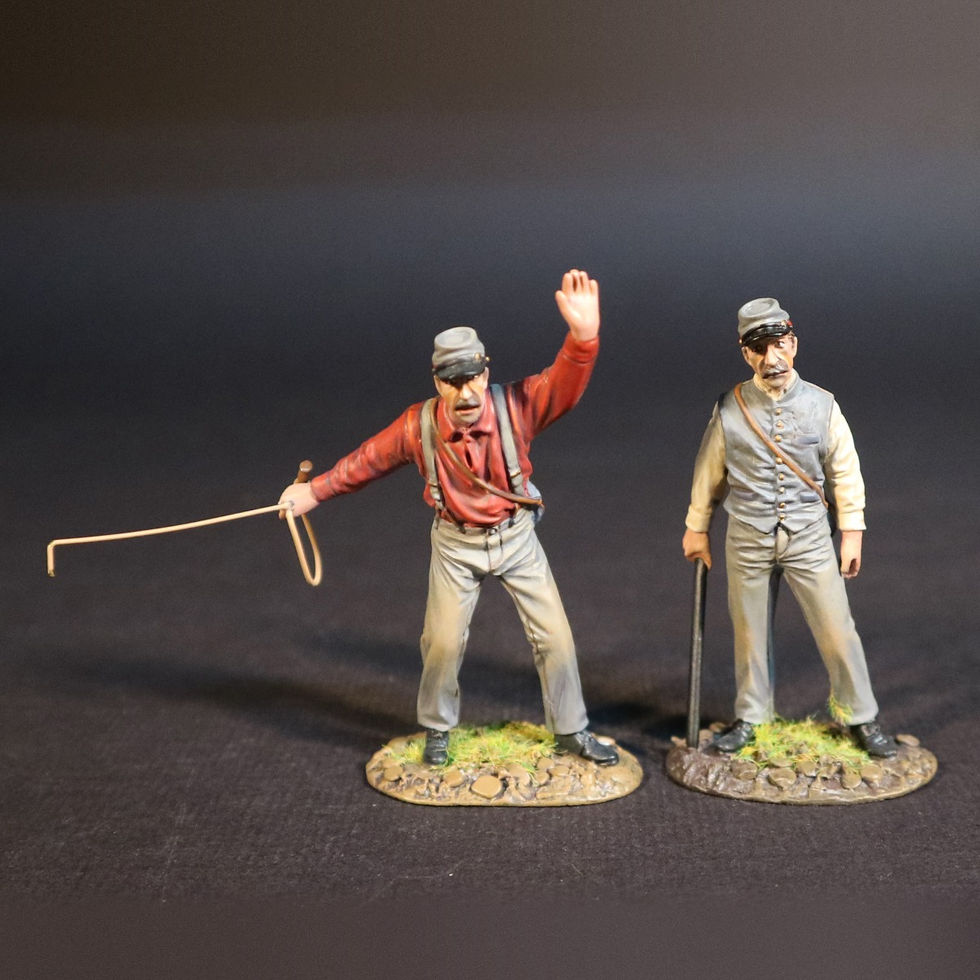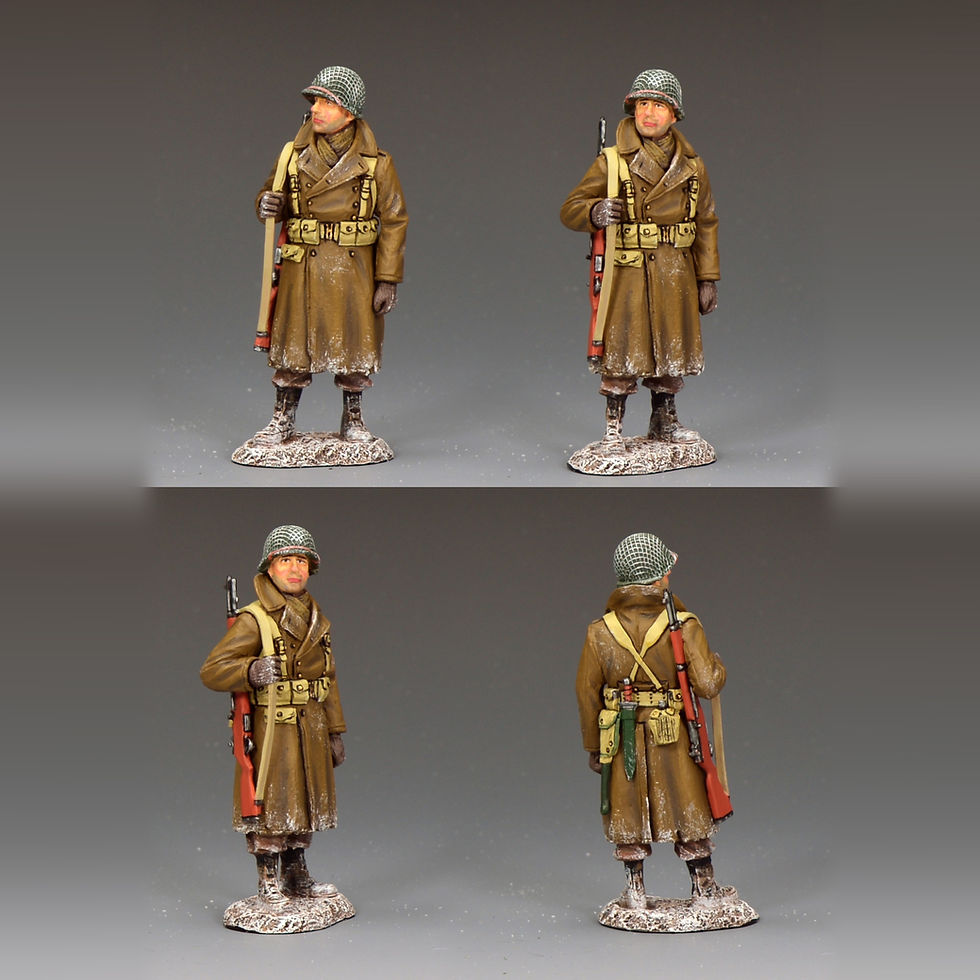$100 US Gift Certificate
90,00$
Une «pièce de terrain» typique avait une équipe autorisée de 12 hommes enrôlés constituant une «section d'armes à feu» dirigée par un sergent et assisté par un (et parfois deux) caporal.Chaque section consistait en un «pistolet», son «limbeur» (avec un coffre de munitions servant également de siège) et (nominalement) six chevaux (mais souvent seulement quatre) pour le tirer, et un «caisson» (avec deux coffres de munitions/ sièges, roue de rechange, outils et bagages d'équipage) avec son propre limbeur tiré par six autres chevaux, et deux chevaux «de rechange» (lorsqu'ils sont disponibles) attachés à l'arrière du caisson.Chaque «véhicule» était connu comme une «demi-section».Deux sections sous le commandement d'un sous-lieutenant constituaient un peloton.Alors que le commandant du peloton et les deux sergents de section (il n'y avait pas de «sergents de peloton» à l'époque) montaient leurs propres chevaux assignés, six artilleurs ont monté les trois chevaux gauche dans chaque demi-section, tandis que les six privés restants ont roulé sur leTrois coffres de munitions (deux à trois par poitrine / siège) ou ont marché à côté.Trois pelotons (parfois seulement deux, en particulier dans les unités confédérées), plus un petit quartier général, sous un capitaine, aidé par un premier lieutenant et un premier sergent, constituaient une «batterie».
Quantité
Détails
Plus d'informations
| Sexe | hommes |
| Année | Mid 19e siècle |


































